Some composition mistakes to avoid in your photos
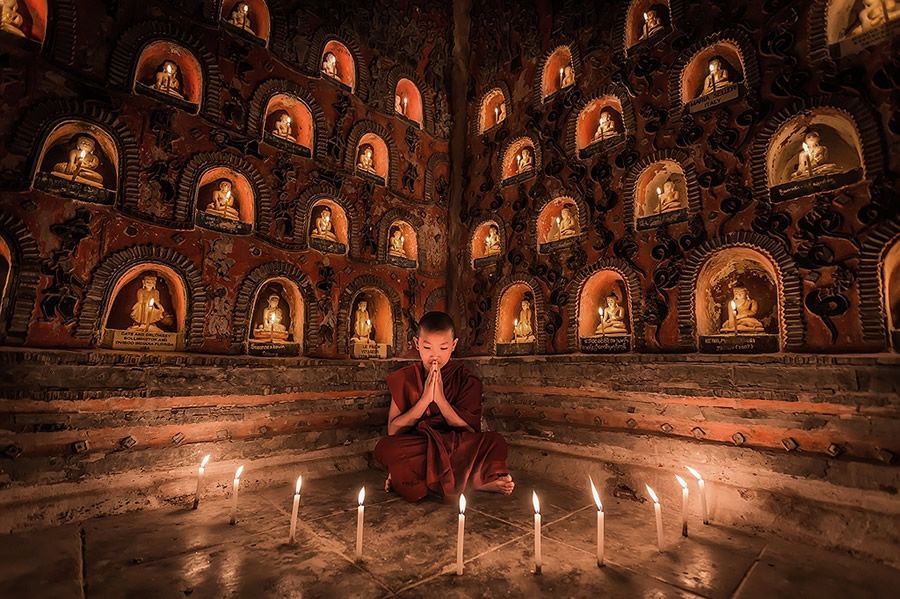
No one is born a genius of photography. Masters also go through a great deal of trial and error before developing a unique sense of style. In this article, I list some of the most common composition mistakes when starting to take photographs, while offering you some tips to turn these mistakes into something great.
The subject is in the center of the frame

Sometimes a central subject works, but normally it's best to shoot him from the side, as explained in the rule of thirds. Most cameras are capable of showing a grid in the viewfinder which can help us divide the scene into three, horizontally and vertically. The main subject should ideally be placed where the lines cross or in a full third, with the rest of the elements aligned with the grid lines. In short , there are many simple ways to make a photo more interesting, such as framing , guidelines , reflections or, as already mentioned, the rule of thirds . Don't make this mistake!

Again, we have to mention that the rules of composition are a great help to consider as a starting point, trying to move away from centrally composed images, but keep in mind that sometimes it's worth trying to break the rules to innovate, to create something more interesting. Let your feelings speak for you.
Cut off the limbs of the subject in the photo
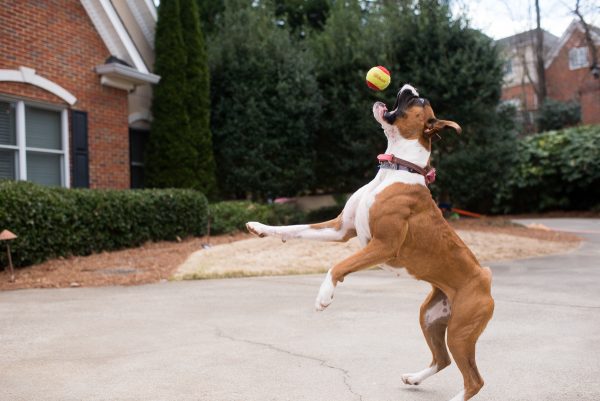
Limb cuts happen when you're a little too close and don't really plan the composition of the shot. Back up a bit and shoot with awareness. Think about the type of image you need to tell the story with your photos .
Is it a detail or the setting? Look at the limbs and try not to cut them. Also keep an eye out for shadows and keep some space around your subject.
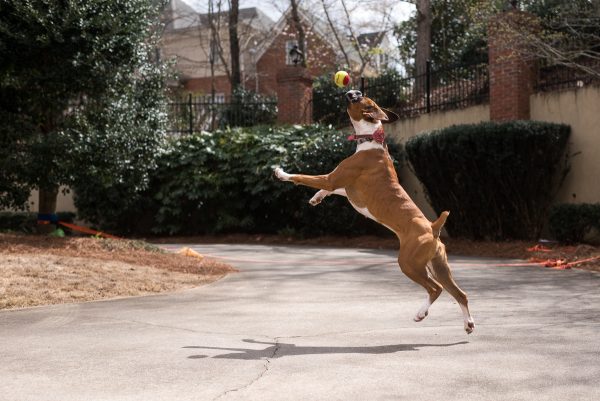
Shoot with a tilted horizon
A tilted horizon in a landscape or even a portrait can be incredibly distracting, so make sure it's horizontal.
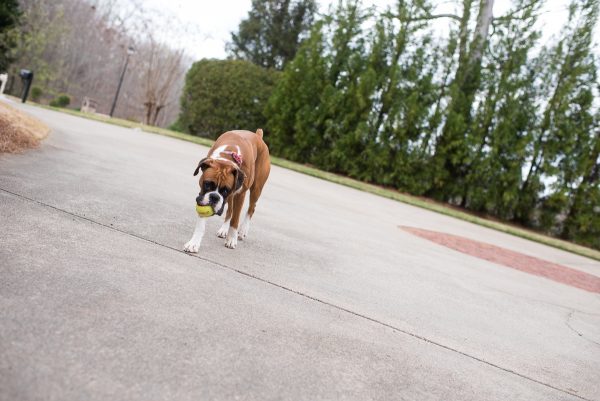
Many cameras have a built-in electronic level that can be displayed in the viewfinder or on the main screen to guide you, but if not, there are some bubble level accessories that you can plug into the camera's hot shoe (usually used for an external flash unit).
Also, many tripods have a built-in level if you're looking to buy one.
Standing too far from the subject
While our brains are good at focusing on a subject and shutting out its surroundings, that almost never happens when you look at an image. When taking a photo, always consider whether it would be better if you zoomed in (or zoomed in) so that the subject fills the frame and clearly commands attention.

The more you include in a photograph, the more complex and difficult it is for viewers to understand and appreciate the idea you are trying to convey.
Try a few different shots from different distances to decide which composition is best.
Standing too close
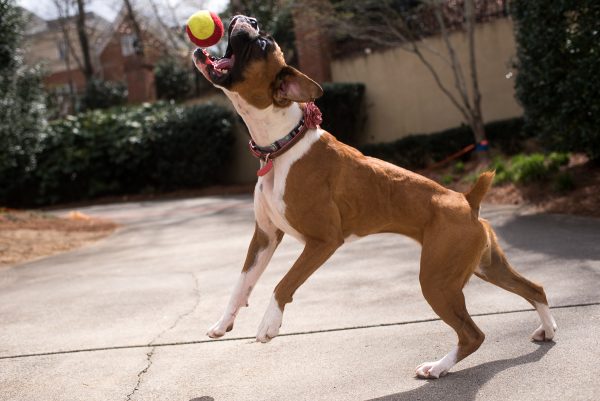
I know! I know! I told you to come closer. But don't get too close! Give your subject some room to breathe in the image
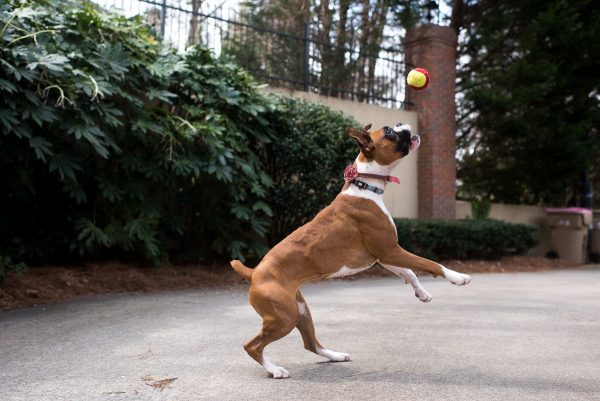
Nothing up front
It's always a good idea to have something in the foreground to give the shot depth, grab the viewer's attention, and then scale, especially in a landscape or still life image. Don't waste this space without saying anything to the viewer.
Logs, rocks, flowers, tide marks in the sand or waves, for example, always add some interest to the foreground. If you are setting up a still life scene, you should try to place something in front of the scene.
Always shoot from a standing or upright position
You have to play with perspective! Get on your knees, move to the side, lie down, or bring yourself to a higher vantage point. Many of us are so preoccupied with finding a subject that we forget to think about how we are going to photograph it. If you shoot a subject directly, you will certainly record its appearance, but you may not be able to capture some other context or atmosphere. Again, experimenting is key!
Having too many distractions in your photo
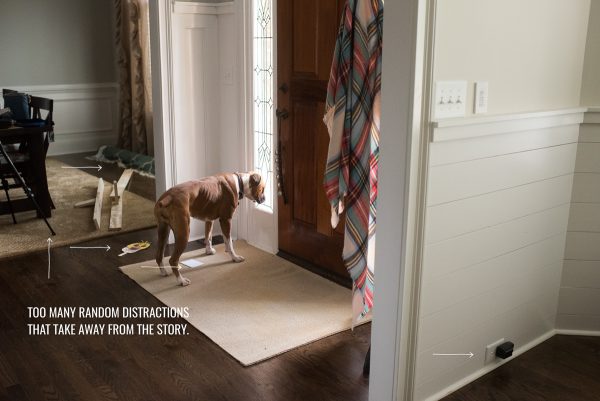
Always examine the background of your photo. We won't miss the clutter behind the subject, and it's an easy fix if we move to one side, choose a different angle, change the lens, or use a wider aperture (to blur the background).
Get into the habit of taking a good look at the scene before framing a shot to find the best background and shooting location.
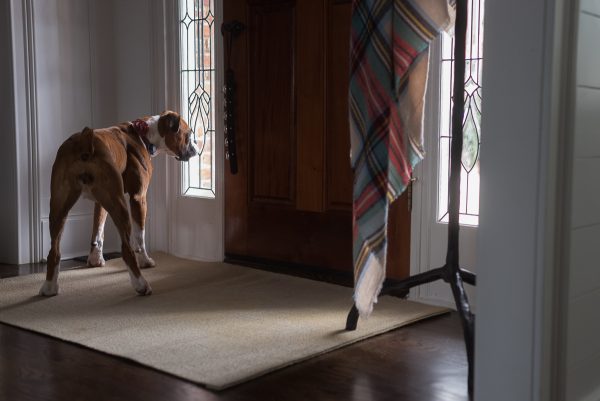
Blurred images
Sometimes we are so concerned with getting everything in focus that we set the aperture too small, which consequently requires a very slow shutter speed.
Remember that aperture and shutter speed are closely related; they work together to keep a good exposure in balance. The further you close the aperture (smaller aperture, higher f-number), the slower the shutter speed is required to keep the exposure balanced. If your shutter speed is too slow, you can either open the aperture or raise the ISO (or both) until you get the correct exposure.
Photograph the subject so that it appears to step out of frame

Believe it or not, having a subject look at the world "outside" of an image frame can create a lot of unintended problems. Often, it disconnects models from the rest of the scene around them. Consequently, the separation of model and environment creates double subjects.
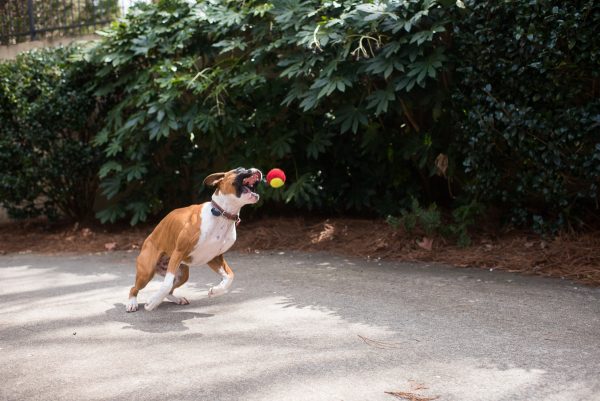
Simply having a model facing into the scene can make a huge difference. Even the smallest amount of interaction between subject and scene can result in a final composition that is infinitely more balanced and pleasing to the eye.
Bad use of depth of field
Depth of field is an important and powerful tool for composition; determines which elements are in focus (clearly visible) in the image.

Shooting with a small aperture creates a lot of depth of field, often desirable in landscapes and macro. But if you want your subject to stand out from their surroundings, it's usually best to shoot with a larger aperture (smaller f-number) to limit depth of field. This is especially true for portraits.
The dreaded double subject
What exactly is a double subject? Simply put, it's a composition that contains interesting elements that compete rather than complement each other. Having a model standing right next to an eye-catching object, such as a waterfall, can leave viewers confused as to where to look.
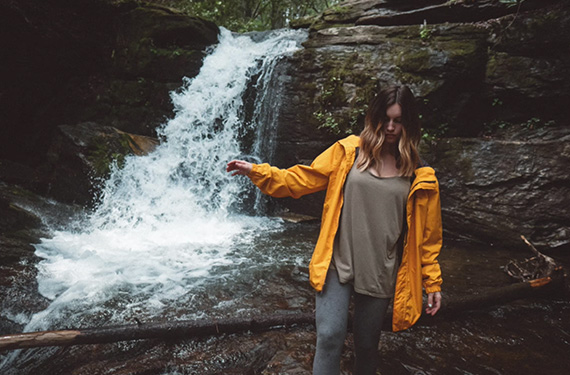
If you dwell on your shot and realize you have a double subject, there's a simple fix that allows all of the major compositional elements to remain intact. Simply move your elements (or yourself) so that competing subjects are in different focal planes. This gives you a better visual flow and makes it clear what you want your audience to focus on.
Annoying tangent lines
Lines play a huge role in the composition. They can lead or divide, and it's of the utmost importance to understand the role natural lines play within your images. While the tangent lines generated by a series of trees or overlapping telephone wires may seem innocuous, they can seriously weaken an image if they are not composed in a logical way.

If lines in your shot cause problems, recompose. Try to incorporate lines that lead the eye to a key point within the photograph. Alternatively, lines can be used to emphasize the action already taking place within the composition. Rather than fighting the problem, try manipulating the environment provided to you to suit your personal needs.
No focal point
The main subject in a photograph should be effectively positioned so that it is the central point of interest in the composition (i.e. emphasized). We have to draw the viewer's eye exactly where we want it. Size, color, shape, and contrast with the rest of the elements in the image are ways of isolating and directing attention to the subject.
Forgetting to add variety to your shots
Don't get stuck in the rule of thirds. Add variety to your images by changing them up a bit! The rule of thirds is a great fallback, but an entire portfolio will look boring. Add lines, frames, triangles, spirals, different perspectives, there are truly endless ways to take great photos!

Not familiar with camera controls and functions
You MUST read your camera manual. Knowing the camera and all of its buttons and settings is crucial. Being able to do this takes practice. You should be able to adjust ISO, shooting mode, AF point, exposure compensation, aperture and shutter speed without taking the camera away from your eye. Believe us, it will make a difference and you can't afford to miss this opportunity!
When you subscribe to the blog, we will send you an e-mail when there are new updates on the site so you wouldn't miss them.
By accepting you will be accessing a service provided by a third-party external to https://www.insightadv.it/


































































Comments